https://news.nationalgeographic.com/2015/12/151224-egypt-climate-change-old-kingdom-archaeology/
Did Egypt's Old Kingdom Die—or Simply Fade Away?
The end of the great age of pyramid building in Egypt was long thought to be a traumatic collapse that plunged the Nile Valley into a long era of chaos. New research is changing that view.
Conventional wisdom holds that Egypt's Old Kingdom collapsed around 2150 B.C., soon after the death of pharaoh Pepi II, whose pyramid is now a pile of rubble. But experts are now questioning that view.
Photograph by Kenneth Garrett, National Geographic Creative
As world leaders celebrate a new agreement to limit the impact of greenhouse gases on human society, archaeologists have been taking a fresh look at one of the most dramatic instances of a civilization confronted with devastating climate change.
For nearly a millennium, Egypt's early pharaohs presided over a prosperous and wealthy state that built countless temples and palaces, enormous public works, and the famous Giza pyramids. Much of that prosperity depended on the regular inundations of the Nile River in a country that otherwise would be only desert.

A copper statue of Pepi I still flashes limestone-and-obsidian eyes. The pharaoh's pyramid was looted during a chaotic time scholars call the First Intermediate Period.
Photograph by Kenneth Garrett, National Geographic Creative
Then, around 2200 B.C., ancient texts suggest that Egypt's so-called Old Kingdom gave way to a disastrous era of foreign invasions, pestilence, civil war, and famines severe enough to result in cannibalism. In the past decade, climate data revealed that a severe and long-term drought afflicted the region during this same time, providing evidence of an environmental trigger that led to what has long been considered a dark age of Egyptian history.
But a number of Egyptologists argue that the simple story of a drought resulting in an abrupt societal breakdown doesn't hold water. "The majority view today is that the Old Kingdom did not come to an end all of a sudden," says Thomas Schneider, professor of Egyptology at the University of British Columbia. Instead, he and others say that climate stress affected different parts of Egypt in different ways—and not always for the worst. "We need to move away from this idea of collapse," he says.
Much of the 20th-century view of the period between the Old Kingdom's demise and the start of the Middle Kingdom—what Egyptologists call the First Intermediate Period—is based on a text called the "Admonitions of Ipuwer" that tells the story of a society in turmoil. "Everywhere barley has perished and men are stripped of clothes, spice, and oil," reads one passage. "Everyone says: 'There is none.' The storehouse is empty and its keeper is stretched on the ground."
Ipuwer laments that instead of an all-powerful and wise pharaoh dominating the land, commoners assert their authority with impudence, and chaos reigns.
But Schneider notes that the earliest known version of this text dates to about 800 years after the events it purports to describe. Yet another text mentions foreign invasions, but this was written six centuries later.
Ancient Egyptians Fascinated with Collapse
Many scholars believe that these texts were part of a genre devoted to upholding the power of Middle Kingdom pharaohs by frightening subjects with stories of the terrible consequences of life without firm central control—a theme that echoes to today in modern Egypt. "The Egyptians themselves were fascinated by the concept of collapse," says Barry Kemp, an archaeologist at Cambridge University. But the texts, he adds, don't appear to be records of actual events.

Are these emaciated Egyptians during a time of desperate famine? Perhaps. But this relief may also show nomadic Bedouins who are starving because they live outside the pharaoh's care and attention.
Photograph by Alfredo Dagli Orti, The Art Archive/Corbis
There is no doubt that the latter years of the Old Kingdom were marked by economic decline and a breakdown in the centralized system of government, and that changes in the flow of the Nile likely were an important factor. Monumental buildings such as large pyramids and temples, for example, cease to be constructed for about two centuries.
Tomb paintings and inscriptions hint that the environment became more arid toward the end of the Old Kingdom, as some plants disappeared and sand dunes crept close to river settlements. Data drawn from cores in the Nile basin confirm that the climate began to dry around 2200 B.C.
But Schneider argues that the impact of the drought was gradual enough that society adapted without major disruptions. Power slowly devolved from the pharaoh and his capital at Memphis to provincial leaders. Local officials could respond to farming crises faster and more effectively than a distant ruler. "The situation required people to be ingenious," says Schneider, who spoke at the recent American School of Oriental Research meeting in Atlanta.
A Time of Prosperity for Parts of Upper Egypt
There is no sign of civil war during this time in the archaeological record, adds Nadine Moeller, an archaeologist at the University of Chicago. She notes that "there is evidence that the country remained politically unified" long after Pepi II, traditionally considered the last Old Kingdom pharaoh. Schneider notes that the fiscal system remained in operation and that the pharaoh's power was still acknowledged from the Nile Delta to Aswan a century or so after Pepi II—even if that control was nominal.
In Upper Egypt, Moeller has found that the era following the Old Kingdom's decline was a "culturally very dynamic" time in which towns and cities such as Tell Edfu and Dendera expanded and flourished. There may even have been an overall increase in population.
There also is no physical evidence for widespread food shortages. Corinne Duhig, a Cambridge University archaeologist, says that her studies of skeletons from the First Intermediate Period "do not show signs of famine; neither do those from the Old Kingdom." Nor did she find an increase in violent death among the human remains that she examined.
Kemp says there is some evidence of fighting between neighbors in Upper Egypt as power became more decentralized, "but the scale might have been modest." Rather than a collapse, he sees a change in the way people were governed.
And new dating analyses suggest that the interlude between the two kingdoms was perhaps little more than a century—much shorter than Egyptologists once thought, says Schneider. The break between kingdoms, in other words, may have been briefer and less traumatic than previously believed.
A missing piece to the puzzle of the Old Kingdom's fall is the lack of information from Lower Egypt, the region closer to the Nile's mouth that would have been more affected by changes in the annual flood than Upper Egypt. Sarah Parcak, an archaeologist at the University of Alabama at Birmingham, notes that "lack of good settlement data for all of Egypt" makes it difficult to judge the impact of the drought.
Parcak complains that "some Egyptologists don't seem to like environmental factors causing collapse," adding that "you cannot argue with hard scientific data." But she acknowledges that understanding just how that climate change affected a society as large and complex as ancient Egypt remains hard to judge. "We need to think a lot more about the role the environment played in ancient Egypt," she says. "And we need a lot more data."
Follow Andrew Lawler at www.andrewlawler.com.
-- Sent from my Linux system.







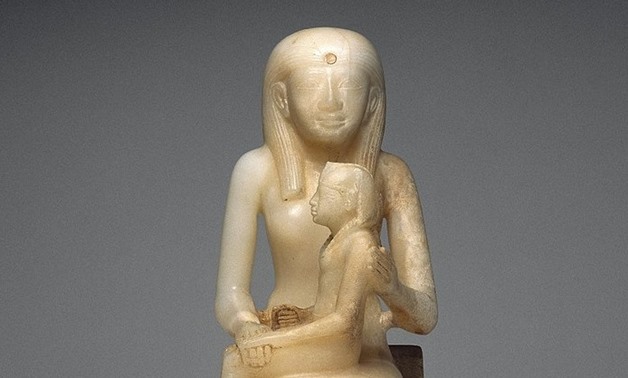
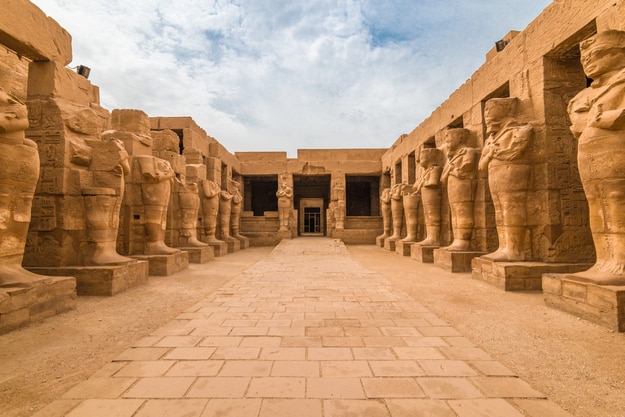
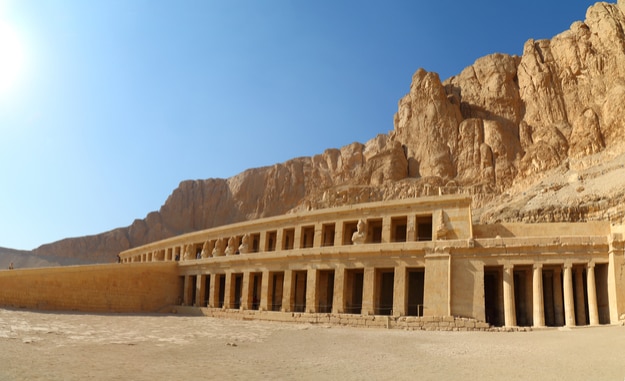

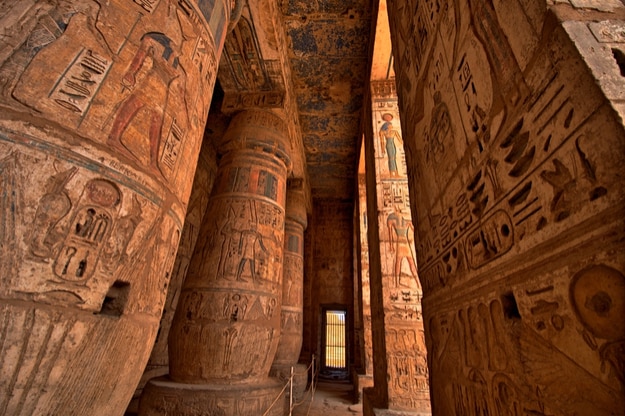
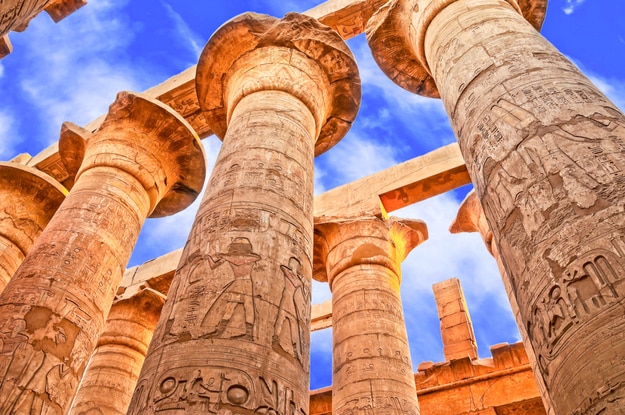
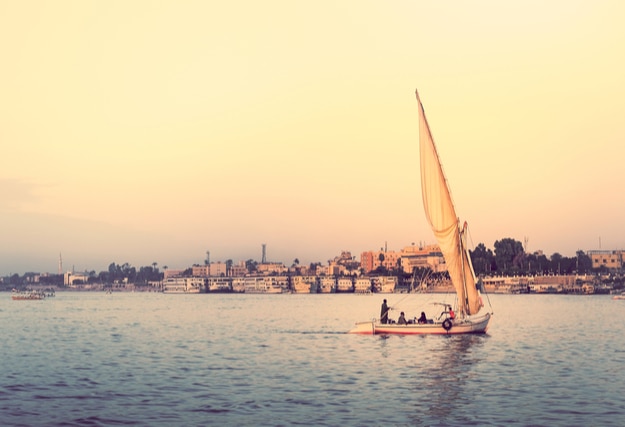
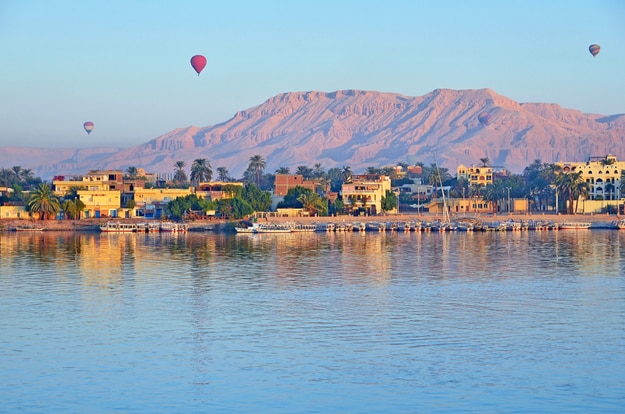

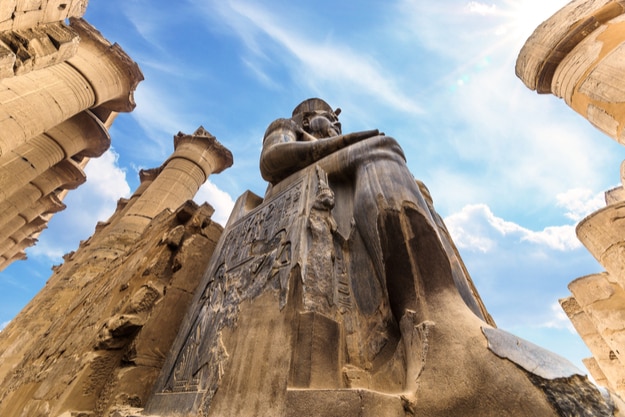
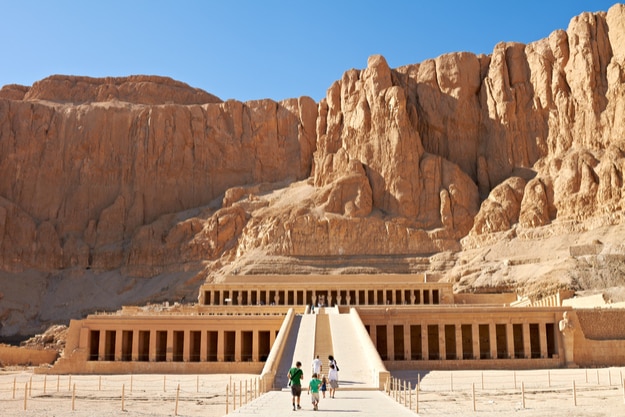
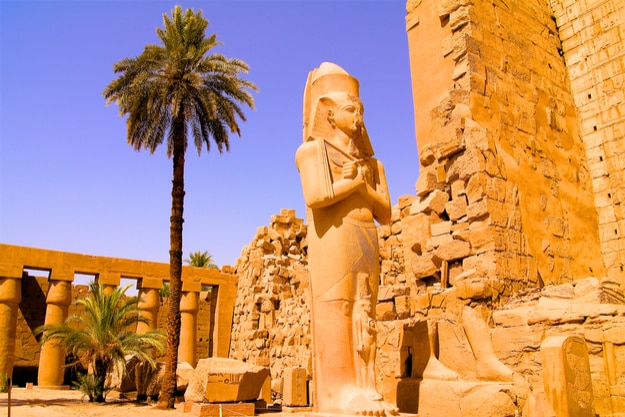
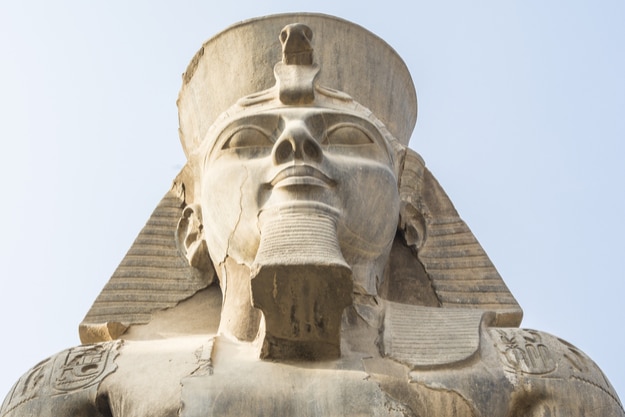
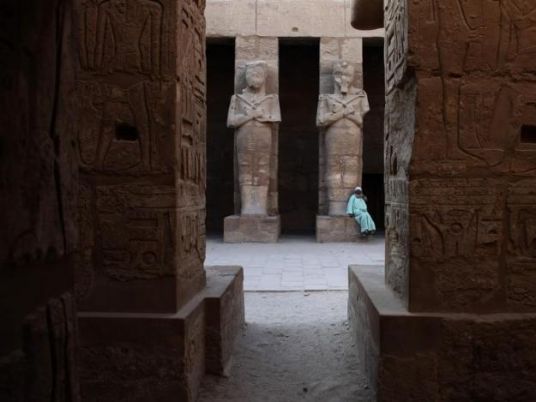
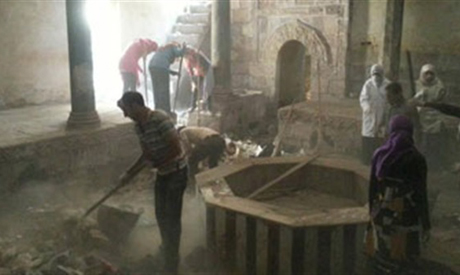
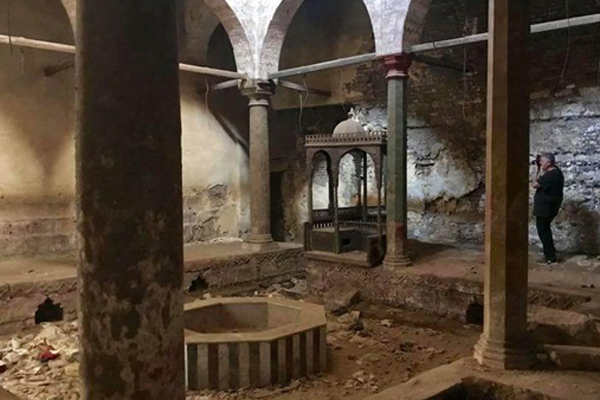
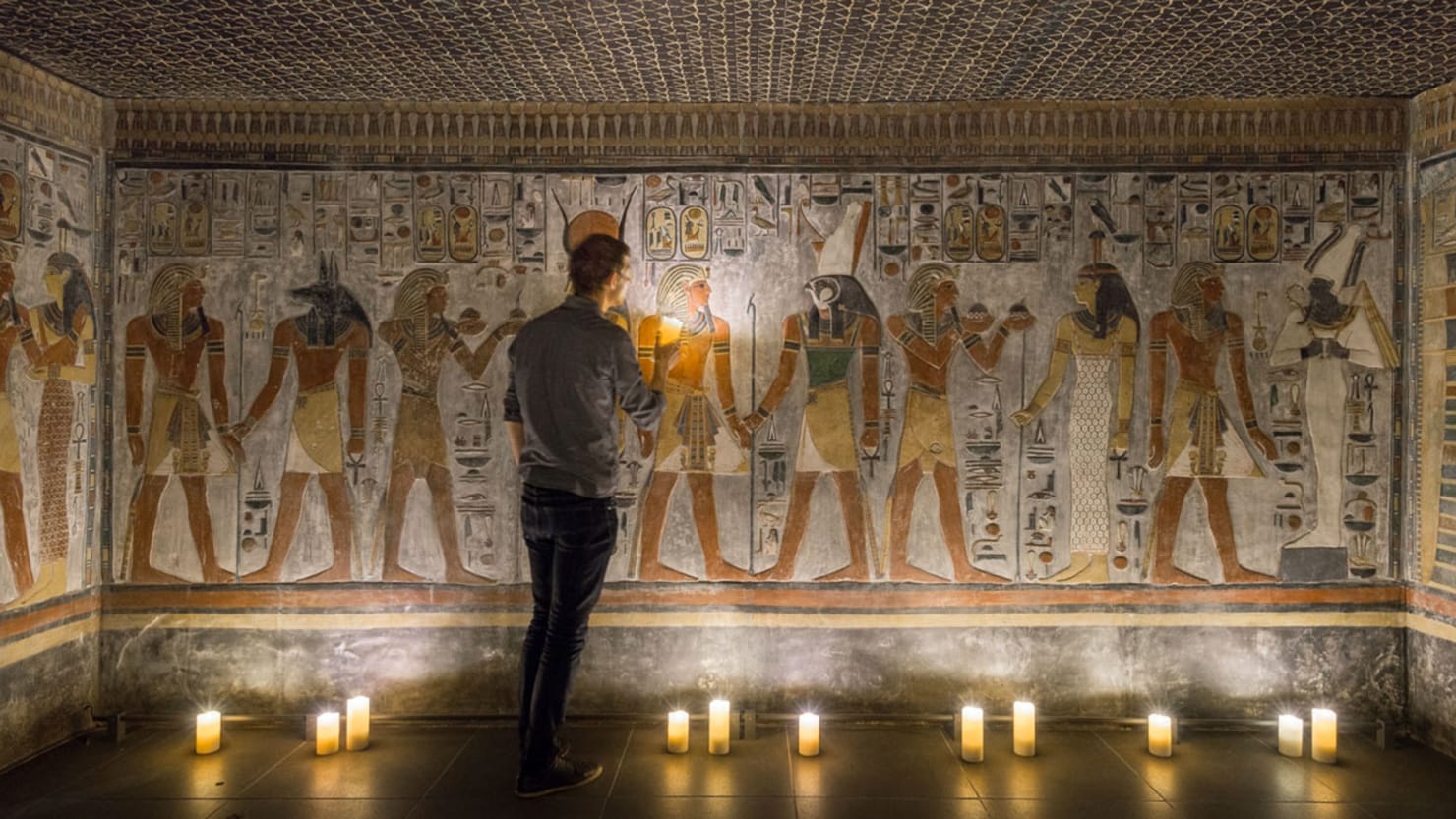

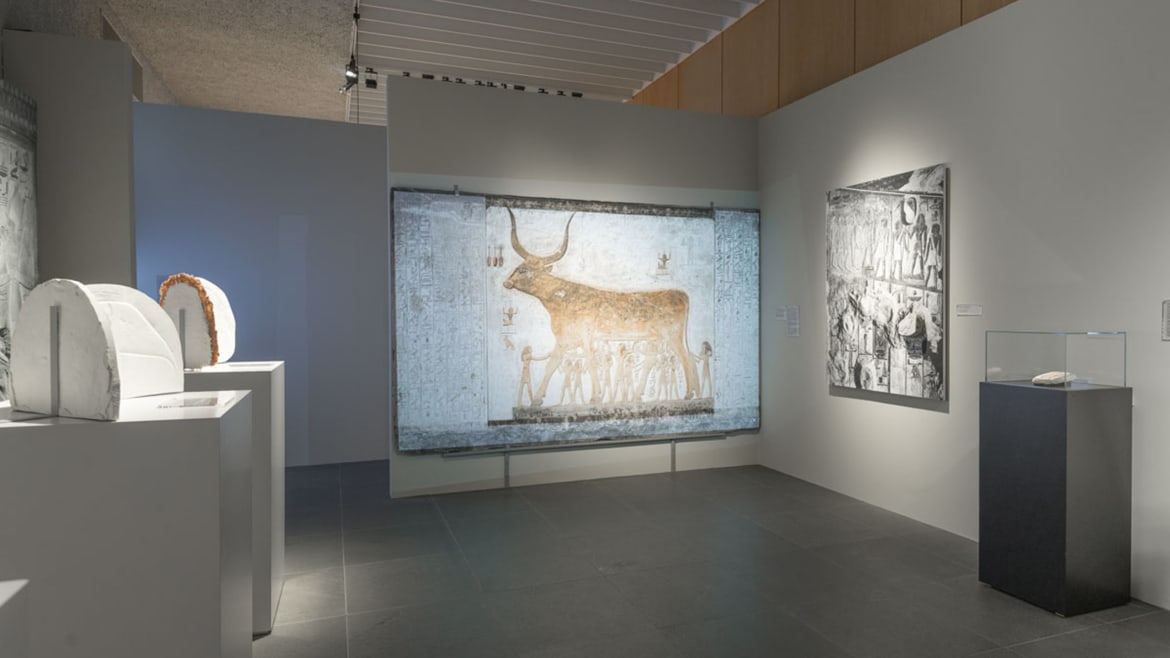
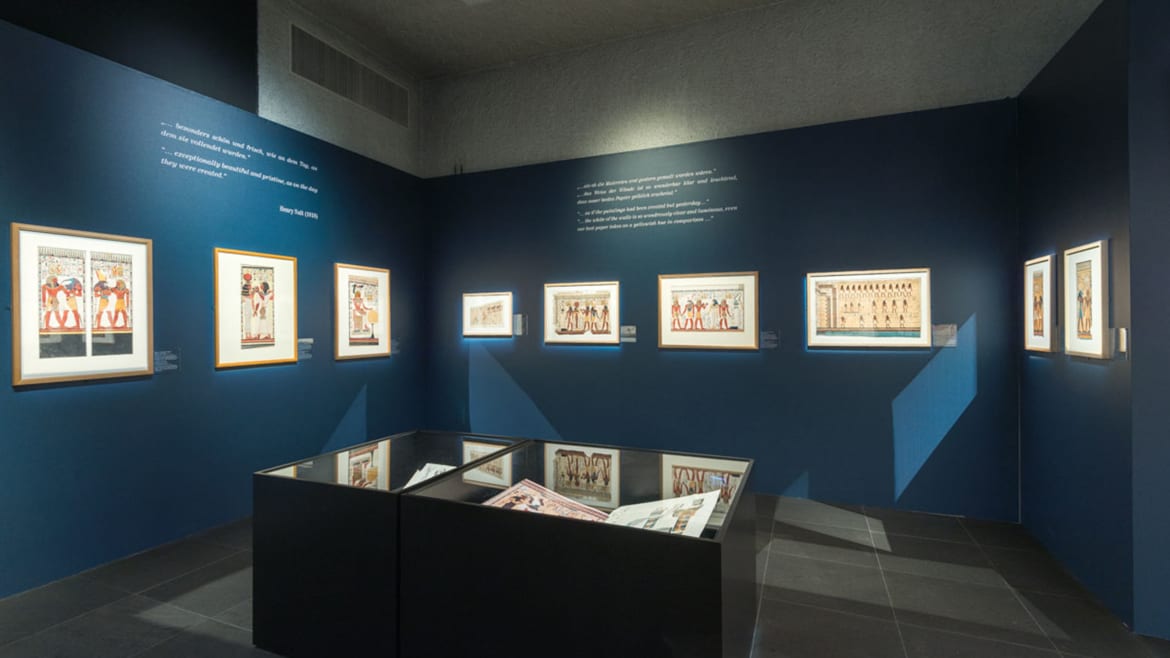
![Ahmed Konsowa jailed after launching presidential bid Konsowa announced his presidential bid in a 22-minute video posted online [Screengrab YouTube]](http://www.aljazeera.com/mritems/imagecache/mbdxxlarge/mritems/Images/2017/12/19/474e3b157cc74161ab10f16639b19865_18.jpg)



